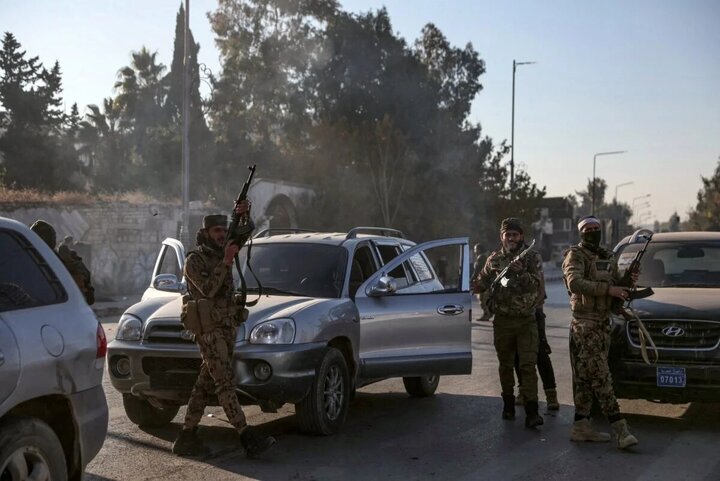Tragic Collision at Scottsdale Airport: 1 Fatality and 4 Injured in Jet Crash
The recent Learjet landing incident in Scottsdale has raised significant concerns about aviation safety. According to initial reports, the Learjet’s left main landing gear failed upon landing, leading to a tragic collision. The City of Scottsdale confirmed that the flight was inbound from Austin, Texas.
The unfortunate event transpired around 2:45 p.m. local time on Runway 21, as reported by Scottsdale Airport and covered by ABC News. Here’s a breakdown of the key details surrounding this incident:
- Time of Incident: Approximately 2:45 p.m. local time.
- Location: Runway 21 at Scottsdale Airport.
- Flight Origin: The Learjet was arriving from Austin, Texas.
- Casualties: One person died upon impact.
- Injuries: Two individuals were reported in critical condition.
- Additional Victims: A third person was taken to a local hospital, while a fourth individual refused treatment at the scene.
Authorities, including local law enforcement and emergency services, were actively engaged in recovery efforts into the evening. The situation was compounded by the need to extricate the body from the wreckage, as confirmed by Folio, who addressed the media during an afternoon press briefing following the collision.
While the identities of the victims have yet to be disclosed, Jet Pros, LLC, the operator of the Gulfstream aircraft involved, issued a statement clarifying details of the incident. The company noted that there were no passengers aboard their parked jet at the time of the crash. The statement read:
“There were no injuries on board the Gulfstream, but external damages were sustained to the aircraft. We are cooperating fully with airport authorities and relevant agencies as they conduct a thorough review of the situation.”
This incident has prompted a thorough investigation into the circumstances leading to the landing gear failure and subsequent collision. Aviation safety experts will likely analyze the aircraft’s maintenance records and the pilot’s adherence to safety protocols. Such incidents, while rare, highlight the importance of rigorous safety measures and the need for continual improvements in aviation technology.
In light of this tragedy, the aviation community is reminded of the critical importance of safety inspections and adherence to operational protocols. Here are some key points to consider regarding aviation safety:
- Regular Maintenance: Aircraft should undergo routine inspections to ensure all systems, including landing gear, are functioning correctly.
- Pilot Training: Continuous training for pilots can help them respond effectively to emergencies.
- Incident Reporting: All incidents, regardless of severity, should be reported and analyzed to prevent future occurrences.
- Technological Advancements: Investing in modern technology can enhance aircraft safety and operational performance.
The response from local authorities demonstrates their commitment to ensuring public safety and providing support to those affected by the incident. As investigations continue, further updates are expected to shed light on the exact causes of the crash and the measures that can be implemented to prevent such occurrences in the future.
In conclusion, the Scottsdale Learjet incident serves as a stark reminder of the potential dangers associated with aviation. As the community mourns the loss and supports those impacted, it is essential to reflect on the importance of safety in the skies. The aviation industry must remain vigilant and proactive in addressing safety concerns to protect passengers and crew members alike.
For those interested in more detailed insights into aviation safety, staying informed through credible news sources and aviation safety organizations is crucial. Regular updates can help the public understand the industry’s efforts to improve safety standards and prevent similar incidents in the future.
This tragic event underscores the reality that while flying is one of the safest modes of transportation, vigilance and preparedness are key to maintaining that safety.






